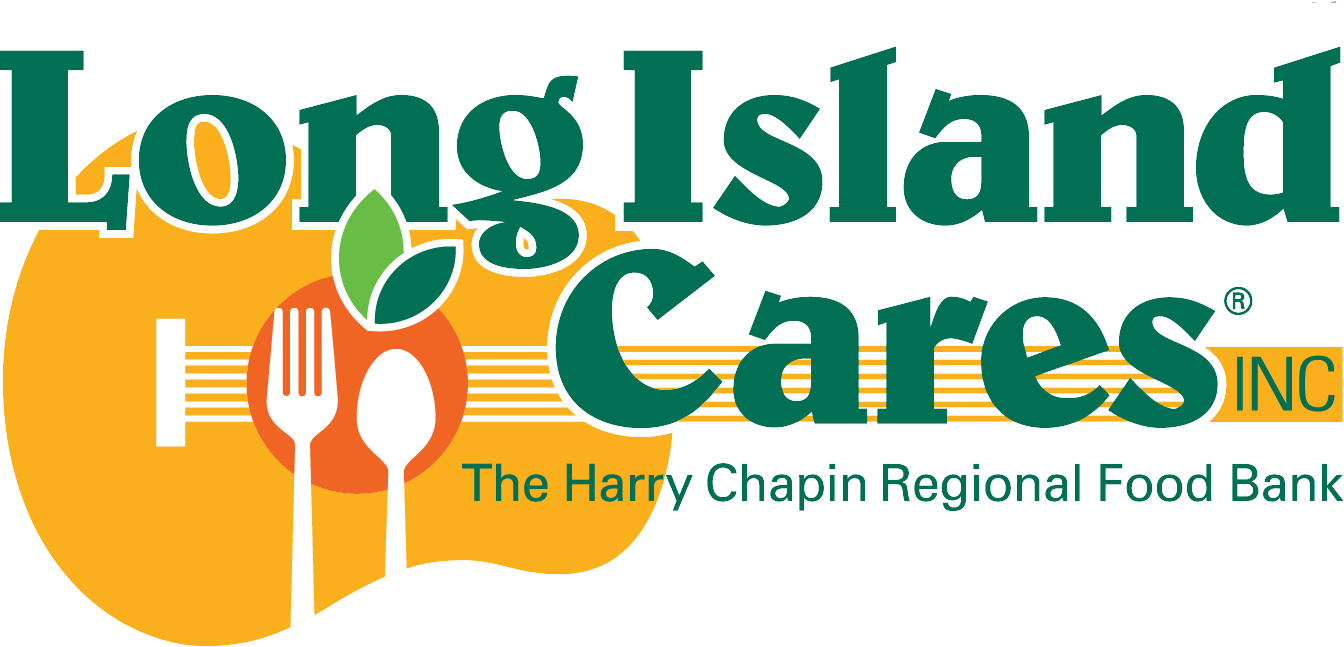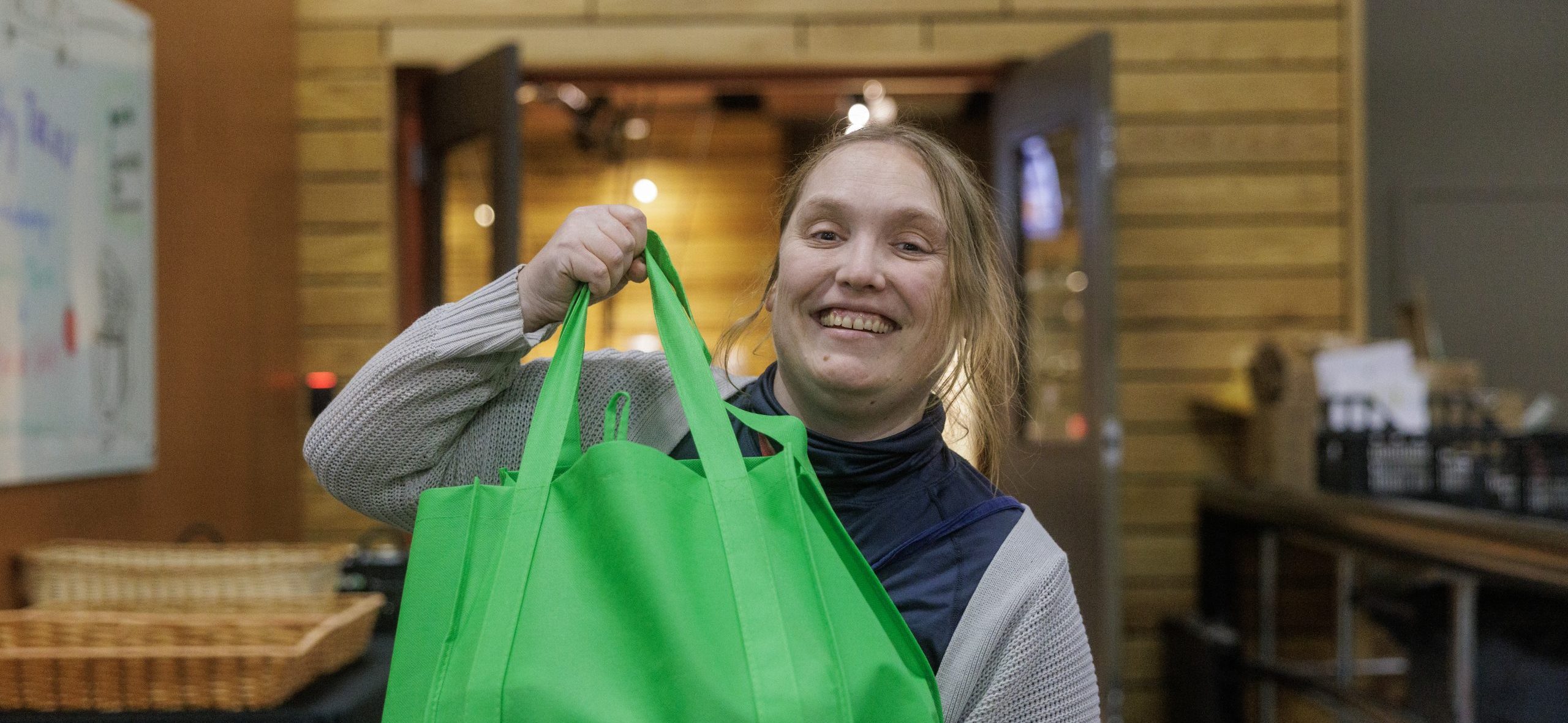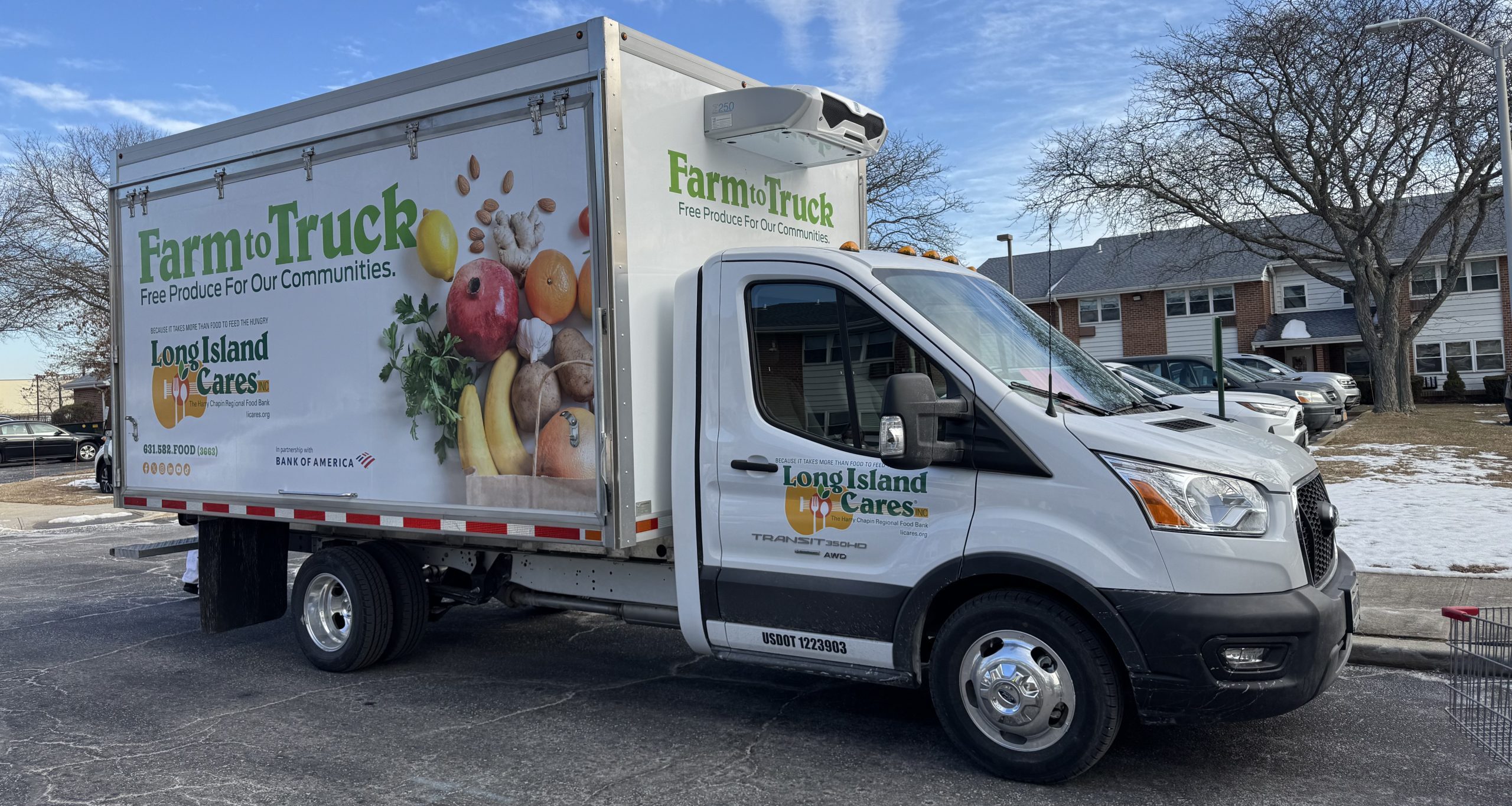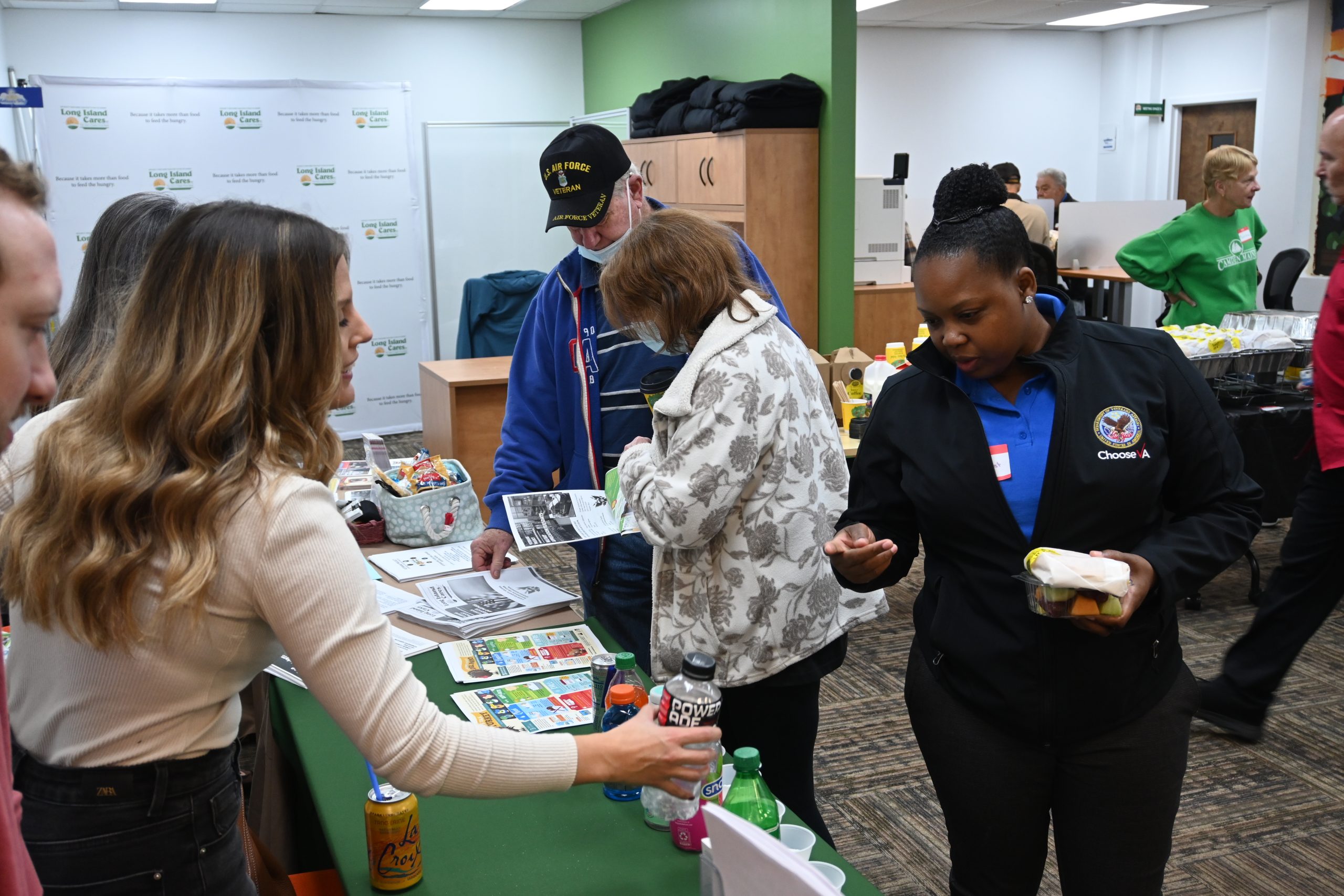Donate to Long Island Cares and help feed your neighbors in need. Contribute what you can, all donations are welcome
Our Mission
Founded by the late Harry Chapin
Long Island Cares – The Harry Chapin Regional Food Bank has been on a mission to feed Long Islanders facing food insecurity and address its root causes since our founding by the late Harry Chapin in 1980.
Get to Know Us
News
Get the latest updates from Long Island Cares on our events, activities in the community, and many others.
Unveiling the Studies: Understanding Food Insecurity on Long Island
You may have noticed we recently added a ”Studies & Reports section” to our website. On that page, you’ll find two studies: The State of Food Insecurity on Long Island and Equitable Food Access.
First, let’s explore The State of Food Insecurity:
Over the past several years, the population of Long Island has changed dramatically. As we welcome new neighbors into our community from different parts of the U.S. and the world, we’ve noticed that many of our guests also reflect this shifting demographic.
How do we know who our new neighbors are? That’s where The State of Food Insecurity comes in. Vice President of Programs Dr. Jessica Rosati, and Programs Associate Ana Penavic, compiled the report over several months. The pair worked tirelessly alongside Long Island Cares Member Agencies to survey more than 1,000 guests and learn firsthand who they are and what foods they prefer.
The study collected data on community demographics, household needs, employment status, and even which holiday protein families prefer eating. The results were incredible and accurately depicted WHO is visiting Long Island Cares in 2023.
So how did this data help Long Island Cares? We took information from the report and used it to adapt our programs, food orders, and more to fit the changing population. Today, we proudly source items many food banks may not even consider putting on their menus. Items such as yucca, masa flour, tropical fruits, grains, and even exotic spices now line the shelves of Long Island Cares’ First-Stop Food Pantries. Being able to provide guests with the foods they want helps attract more people to seek help when they need it.
Put yourself in a guest’s shoes. Would you prefer to shop at a store that carries foods your family is familiar with and eats regularly, or would you prefer to receive a box of staples that may not be what your culture is used to and not quite sure how to prepare?
We think the answer is simple!
When creating a more diverse and equitable world, it’s impossible to ignore the systemic barriers that exist for more than a few cultures on Long Island.
We’re talking about people like our Kosher and Halal neighbors who must adhere to a strict diet of approved foods, for example.
Long Island Cares had to understand the issue thoroughly to meet ALL our neighbors’ needs. That’s why we developed a second report titled Equitable Food Access that explored these barriers and educated the public about different cultural diets and WHY people were coming to us for help.
This study was compiled again by Dr. Rosati and Penavic, this time using focus groups. The pair interviewed dozens of people who adhere to Kosher or Halal dietary laws but also interviewed people in the Wyandanch community to learn more about racial and ethnic barriers faced by our African American and Hispanic neighbors.
The results were fascinating. Take a look for yourself at some of the themes brought up and how people are dealing with them in their everyday lives.
From inflation to racism to battling the stigma of utilizing a food pantry, the quotes of our neighbors are both incredible and heartbreaking.
The study concludes with how Long Island Cares is breaking down these barriers and putting permanent solutions in place to make change that lasts. For example, ideas such as sourcing more Kosher and Halal products or developing new ways for people to receive food discreetly and away from public stigma.
As we push forward, we will continue to conduct studies that discover the who, what, and why of our guests. We will continue meeting their cultural needs to create a more equitable world and lift our neighbors out of poverty. We will continue to adapt programs and introduce new foods in pantries to meet whatever needs arise.
And ultimately, we will continue to feed ALL Long Islanders no matter who they are.



